The Ultimate Guide to the Best Veg to Grow in Containers for Your Home Garden
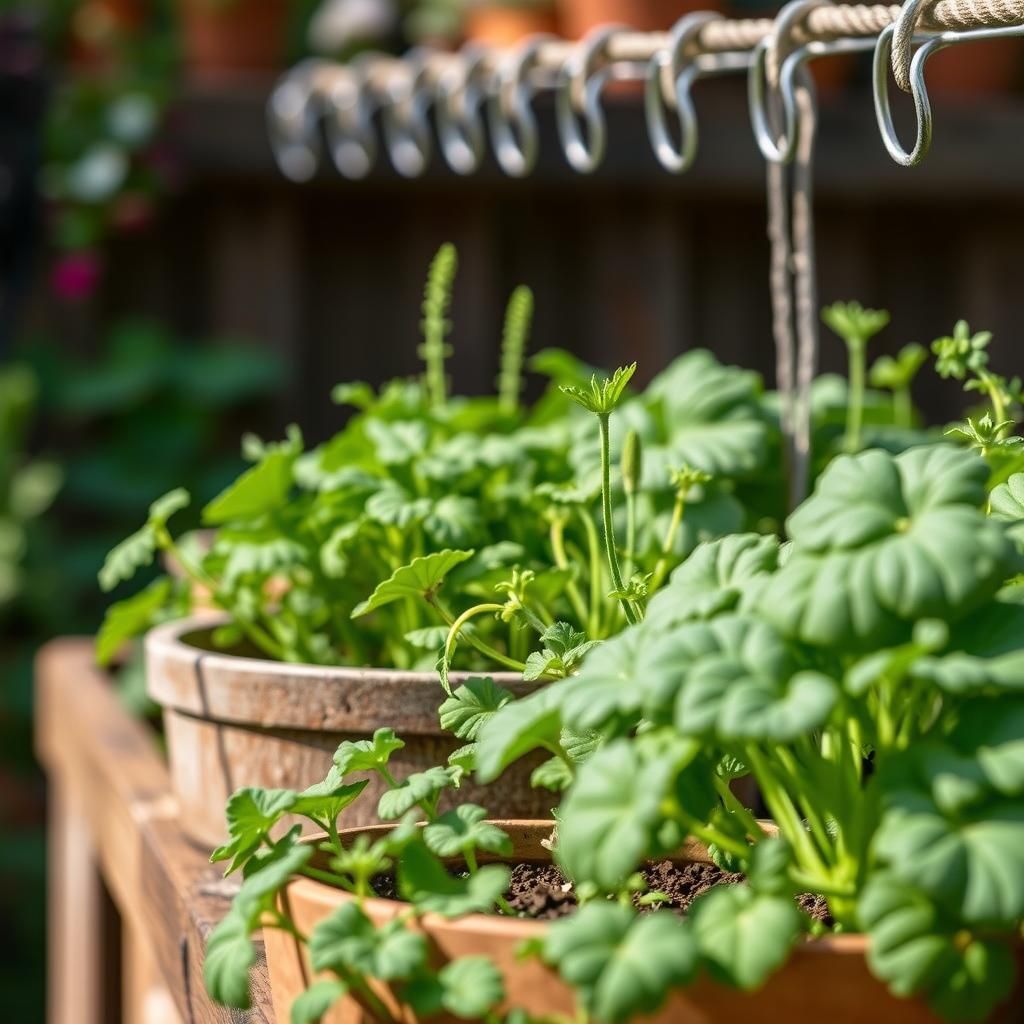
Growing your own vegetables is a rewarding endeavor, especially for those with limited space. Container gardening offers a practical solution, allowing you to cultivate a variety of veggies right on your balcony, patio, or small garden corner. In this ultimate guide, we will explore the best vegetable options to grow in containers, considering factors such as growth habits, space requirements, and seasonal suitability. Whether you’re a novice gardener or an experienced green thumb, this comprehensive resource will help you maximize your container garden's potential, ensuring a bountiful harvest and an enjoyable gardening experience at home.
Best Vegetables to Grow in Containers
Growing vegetables in containers is an excellent way to maximize space and enjoy fresh produce, especially for those with limited gardening areas. Container gardening allows you to cultivate a variety of vegetables, providing greater control over soil quality, drainage, and exposure to sunlight. Some of the best vegetables suited for containers include tomatoes, peppers, lettuce, radishes, and herbs, as they thrive in smaller spaces and can yield a bountiful harvest when proper care is taken. Container gardening also offers the flexibility to move plants to optimal locations, making it easier to manage your vegetable garden effectively throughout the seasons.
Tomatoes
Tomatoes are one of the most popular choices for container gardening due to their compact size and high yield. Varieties like cherry and determinate tomatoes are particularly well-suited for containers. They require at least 6-8 hours of sunlight daily and should be watered regularly to ensure healthy growth. Using a supporting structure, such as a cage or trellis, can help keep the plants upright and promote better air circulation, which helps prevent diseases.
Peppers
Peppers, both sweet and hot, are excellent options for container gardening. They thrive in warm weather and require plenty of sunlight, making them ideal for planting in pots. Select smaller varieties such as bell peppers or jalapeños for container growth, and ensure your pots have good drainage. Regular watering and fertilizing will keep your pepper plants healthy and productive, allowing them to flourish throughout the growing season.
Lettuce
Lettuce and other leafy greens are perfect for container gardening because they grow quickly and can be harvested multiple times. Varieties like butterhead, romaine, and leaf lettuce require less space, making them suited for smaller pots. They enjoy cooler conditions and should be planted in well-draining soil with ample moisture. Frequent harvesting of outer leaves can encourage further growth, making it possible to enjoy fresh salads throughout the season.
Radishes
Radishes are a fast-growing crop that is ideal for container gardening. They grow quickly, with some varieties ready to harvest in as little as three weeks. Containers of about 6-12 inches deep are perfect for growing radishes, allowing enough space for their roots to develop. These vegetables prefer cooler temperatures and can be planted in succession for a continuous harvest. Regular watering is essential to keep the soil moist and produce crisp, juicy radishes.
Herbs
Growing herbs in containers is both practical and rewarding, as they enhance your culinary experiences. Popular options include basil, parsley, cilantro, and thyme. Herbs typically require less space, making them ideal for smaller containers. They thrive in well-draining soil and need plenty of sunlight, so placing them on a sunny windowsill or patio is a good idea. Regular harvesting not only promotes growth but also provides fresh ingredients for your meals.
| Vegetable | Sunlight | Watering Frequency | Container Depth |
|---|---|---|---|
| Tomatoes | 6-8 hours | Regularly | 12-18 inches |
| Peppers | 6-8 hours | Regularly | 10-12 inches |
| Lettuce | 4-6 hours | Frequent | 6-8 inches |
| Radishes | 4-6 hours | Regularly | 6-12 inches |
| Herbs | 6-8 hours | Moderate | 6-12 inches |
What is the best vegetable to grow in a container?
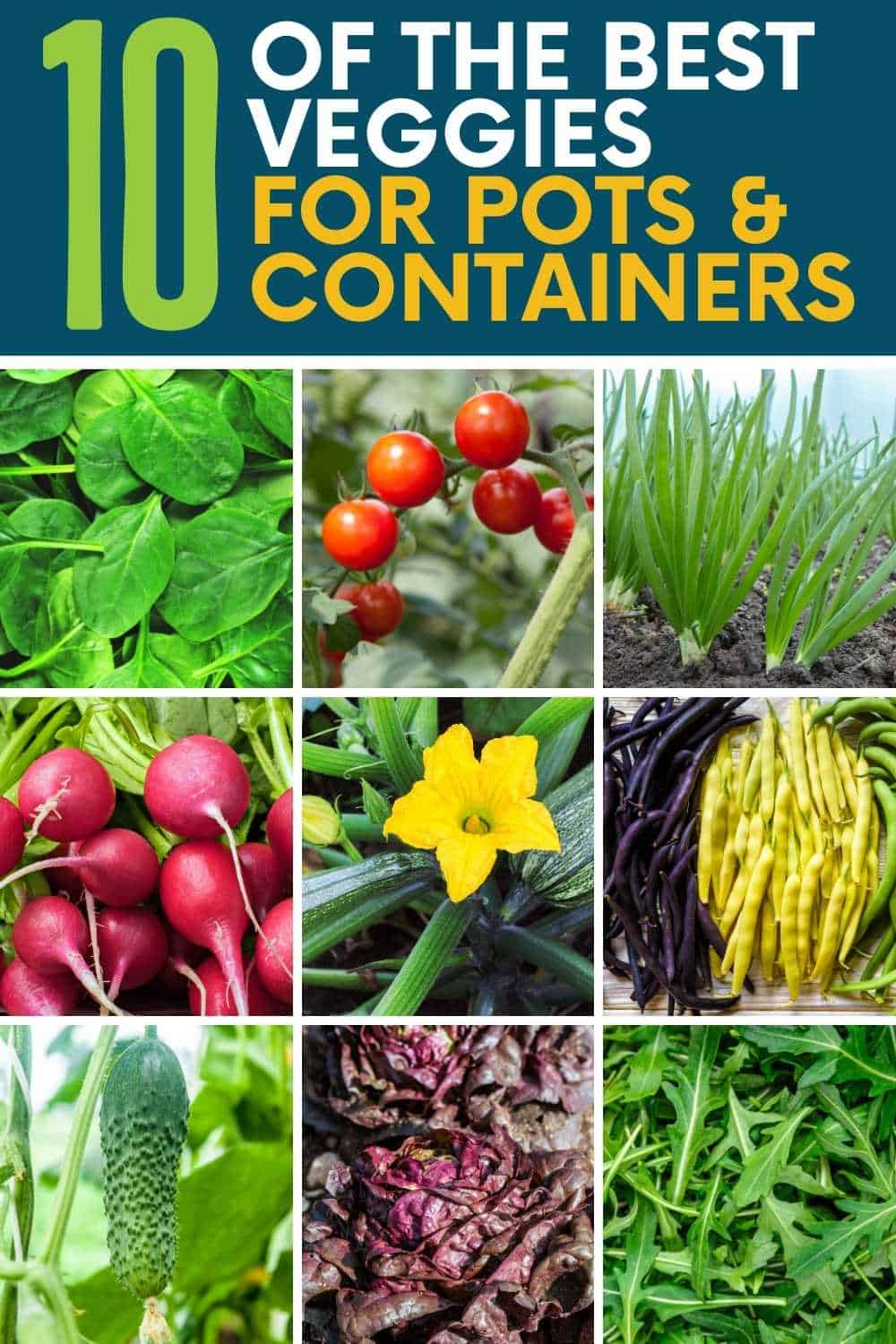
The best vegetable to grow in a container is arguably the tomato. Tomatoes thrive in containers due to their deep roots and fast growth, making them highly suitable for limited space. Varieties such as patio, bush, and cherry tomatoes are particularly well-suited for container gardening, as they require less space while still yielding plentiful fruit. The key factors for successful tomato growing in containers include selecting the right pot size, ensuring adequate drainage, and providing enough sunlight and nutrients.
Choosing the Right Size Container
When growing tomatoes in containers, the size of the container is crucial. A larger pot allows for better root development, which can lead to healthier plants. Here are some points to consider when selecting your container size:
- A minimum size of 5 gallons is recommended for tomatoes to ensure enough space for root growth.
- Using containers with drainage holes prevents overwatering and root rot.
- Consider using fabric pots or self-watering containers for optimal moisture control.
Choosing the Right Soil
The type of soil you use is vital for container gardening. A high-quality, well-draining potting mix encourages strong growth and prevents disease. Here are some tips for selecting the right soil:
- Opt for a potting mix rather than regular garden soil for better drainage and aeration.
- Consider adding compost or organic matter to increase nutrient content.
- Avoid using soil that retains too much moisture as this can lead to root problems.
Watering Practices
Proper watering is essential for container-grown tomatoes. Due to the limited soil volume, container plants can dry out faster than those in the ground. Here are key points to ensure your tomatoes receive adequate water:
- Check the top inch of soil daily; if it feels dry, it's time to water.
- Use a watering can or hose with a fine nozzle to avoid disturbing the soil.
- Consider using a drip irrigation system to automate watering if you have multiple containers.
Providing Adequate Sunlight
Sunlight is a major factor in the growth of tomatoes. They typically require at least 6 to 8 hours of direct sunlight each day. Follow these guidelines for optimal sunlight exposure:
- Place your container in a spot that receives full sun, preferably south-facing.
- If using multiple containers, rotate them to ensure all sides receive equal sunlight.
- During extremely hot weather, provide some shade during the hottest hours to prevent wilting.
Pest and Disease Management
Container-grown tomatoes can be susceptible to various pests and diseases. Being vigilant about their health can save your crop. Here are some strategies to manage these issues:
See also: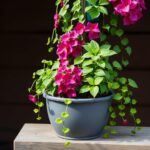
- Regularly inspect your plants for signs of pests such as aphids, whiteflies, and spider mites.
- Use organic pest control methods, like insecticidal soap or neem oil, if infestations occur.
- Ensure good air circulation around plants to prevent fungal diseases.
What vegetables are good for pots?
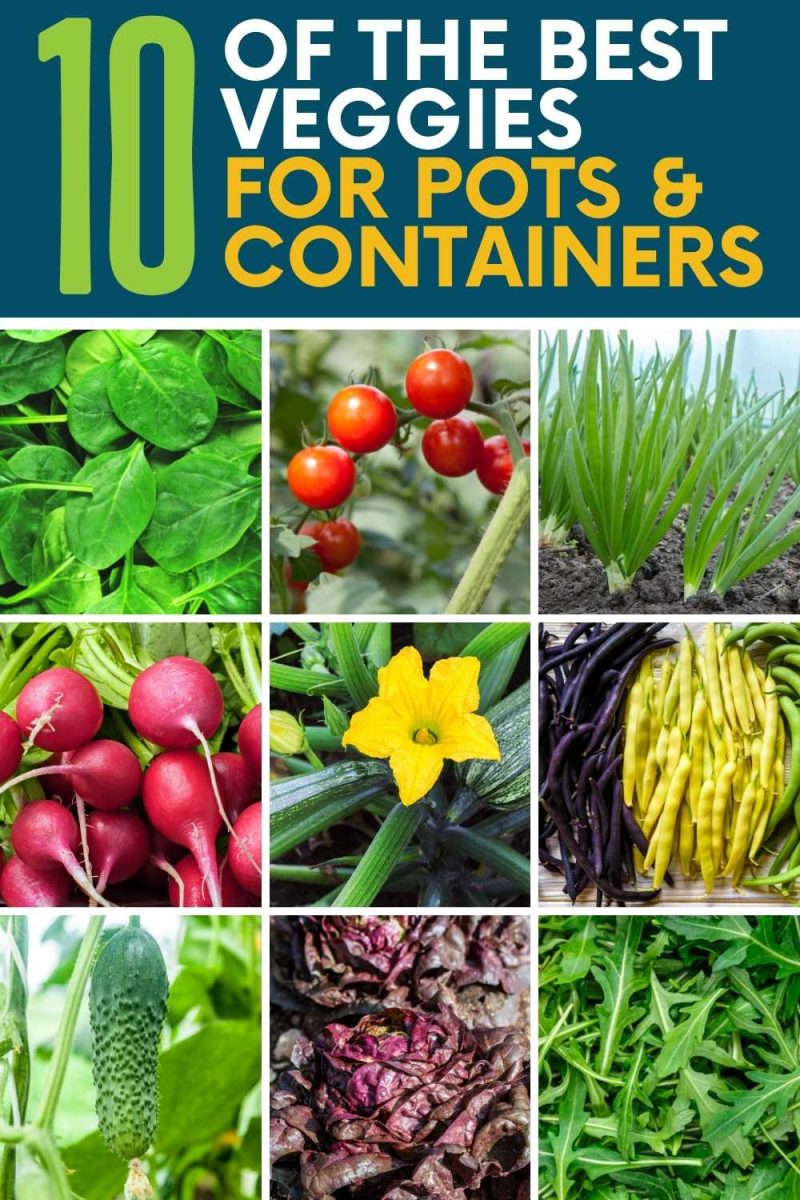
Pots are an excellent way to grow vegetables, especially for those with limited space or poor soil conditions. Many vegetables thrive in containers, offering flexibility and ease of care. Here are some vegetables that are particularly well-suited for growing in pots:
1. Lettuce: Lettuce requires minimal space and grows quickly, making it a popular choice for container gardening. It thrives in cooler temperatures and shallow pots, making it perfect for patio or balcony gardens.
2. Tomatoes: Tomato plants can be very productive in pots if given enough sunlight, water, and the right variety. Look for determinate or dwarf types that fit well in container settings.
3. Radishes: Radishes grow rapidly and can be sown in small pots or even window boxes. They are excellent for novice gardeners since they require minimal maintenance.
4. Herbs: While not traditional vegetables, many herbs such as basil, parsley, and cilantro can easily be grown in pots. They benefit from maximum sunlight and are perfect for adding flavor to your dishes.
5. Peppers: Many varieties of peppers, including bell peppers and chili peppers, grow well in containers. They require sunlight and warmth but can yield a bountiful harvest in limited spaces.
Essential Tips for Growing Vegetables in Pots
Growing vegetables in pots requires some specific considerations. Here are some tips to ensure successful growth:
- Choose the Right Pot: Ensure the pot has adequate drainage holes to prevent waterlogging.
- Use Quality Soil: A good quality potting mix provides the necessary nutrients for your plants.
- Regular Watering: Containers dry out faster than garden beds, so check moisture levels frequently.
Best Types of Containers for Vegetable Gardening
Selecting the right type of container is critical for the success of your vegetable garden. Here are some options:
- Plastic Containers: Lightweight and affordable, they retain moisture but may require more frequent watering.
- Clay Pots: Traditional and attractive, they tend to be porous, allowing air and moisture exchange but can dry out quickly.
- Fabric Pots: These are excellent for root health and drainage, allowing roots to breath and preventing overcrowding.
Sunlight Requirements for Potted Vegetables
Understanding the light requirements for your plants is crucial. Different vegetables need varying amounts of sunlight:
- Full Sun (6-8 hours): Tomatoes, peppers, and basil thrive in full sunlight.
- Partial Sun (4-6 hours): Lettuce and radishes prefer a bit of shade during the hottest parts of the day.
- Shade Tolerance: Some herbs, like mint and parsley, can tolerate partial shade, making them ideal for less sunny spots.
Fertilizing Vegetables in Containers
Proper fertilization is essential for potted vegetable growth. Here are some methods to consider:
- Organic Fertilizers: Use compost or organic fertilizers to enhance soil health and provide nutrients.
- Slow-Release Fertilizers: These can be mixed into the potting soil to provide a steady supply of nutrients over time.
- Liquid Fertilizers: Regular applications of liquid fertilizers can boost growth, especially during the growing season.
Pest Management for Container Vegetables
Managing pests in container gardens requires vigilance. Here are effective ways to protect your plants:
- Natural Predators: Encourage beneficial insects like ladybugs and lacewings to combat harmful pests.
- Organic Pesticides: Consider using neem oil or insecticidal soap as a treatment for infestations.
- Regular Inspection: Check your plants regularly for signs of pests and act quickly to keep them in check.
What is the easiest vegetable to grow for beginners?
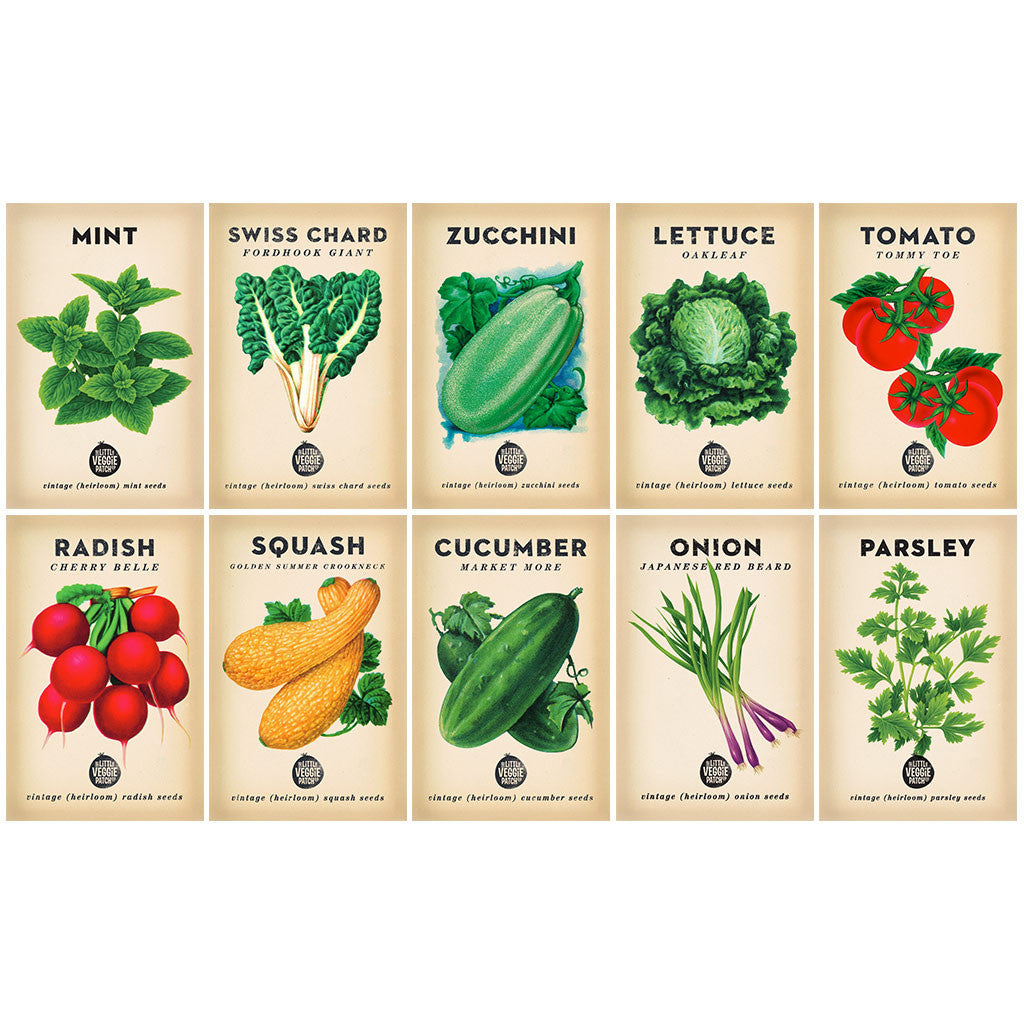
The easiest vegetable to grow for beginners is often considered to be radishes. They are quick to germinate, require minimal care, and can be planted in various types of soil. Additionally, radishes can be grown in small spaces, making them ideal for home gardens or containers. They typically take only about three to four weeks from sowing to harvest, which gives beginners a quick sense of accomplishment.
See also: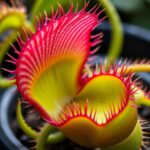
Benefits of Growing Radishes
Growing radishes provides several advantages for novice gardeners. These benefits include:
- Fast Growth: Radishes can be harvested within weeks, allowing beginners to see results quickly.
- Minimal Space Requirement: They can grow well in small gardens or even in containers, making them accessible for those with limited space.
- Low Maintenance: Radishes require little care, making them perfect for beginners who may not have time to dedicate to gardening.
How to Plant Radishes
Planting radishes is straightforward and does not require special skills. Here is a simple guide:
- Choose a Location: Find a sunny spot in your garden or use containers with good drainage.
- Prepare the Soil: Loosen the soil, mix in some organic matter, and ensure it is well-draining.
- Seed Planting: Sow radish seeds about half an inch deep and cover them lightly with soil.
Care Requirements for Radishes
Caring for radishes is easy and involves basic gardening practices. These include:
- Watering: Keep the soil evenly moist but not soggy; overwatering can lead to rot.
- Thinning Seedlings: Once they sprout, thin seedlings to give them space to grow properly.
- Pest Management: Regularly check for pests and remove them by hand if necessary.
Common Varieties of Radishes
There are several varieties of radishes, each with unique flavors and growing characteristics. Popular choices include:
- Cherry Belle: These are small, round, and bright red, known for their crisp texture and mild flavor.
- French Breakfast: An elongated variety with a unique taste, often consumed raw in salads.
- Daikon: A large, white radish used in many Asian dishes; it has a milder flavor compared to smaller radishes.
Harvesting Radishes
Knowing when to harvest radishes is crucial to enjoy their best flavor and texture. Follow these tips:
- Monitor Size: Harvest radishes when they are about an inch in diameter; waiting too long can make them woody.
- Pulling Techniques: Gently pull them out of the ground to avoid damage; use a garden fork if necessary.
- Storing: Remove the tops and store radishes in the refrigerator to keep them fresh for longer.
What is the most common mistake made with container plants?
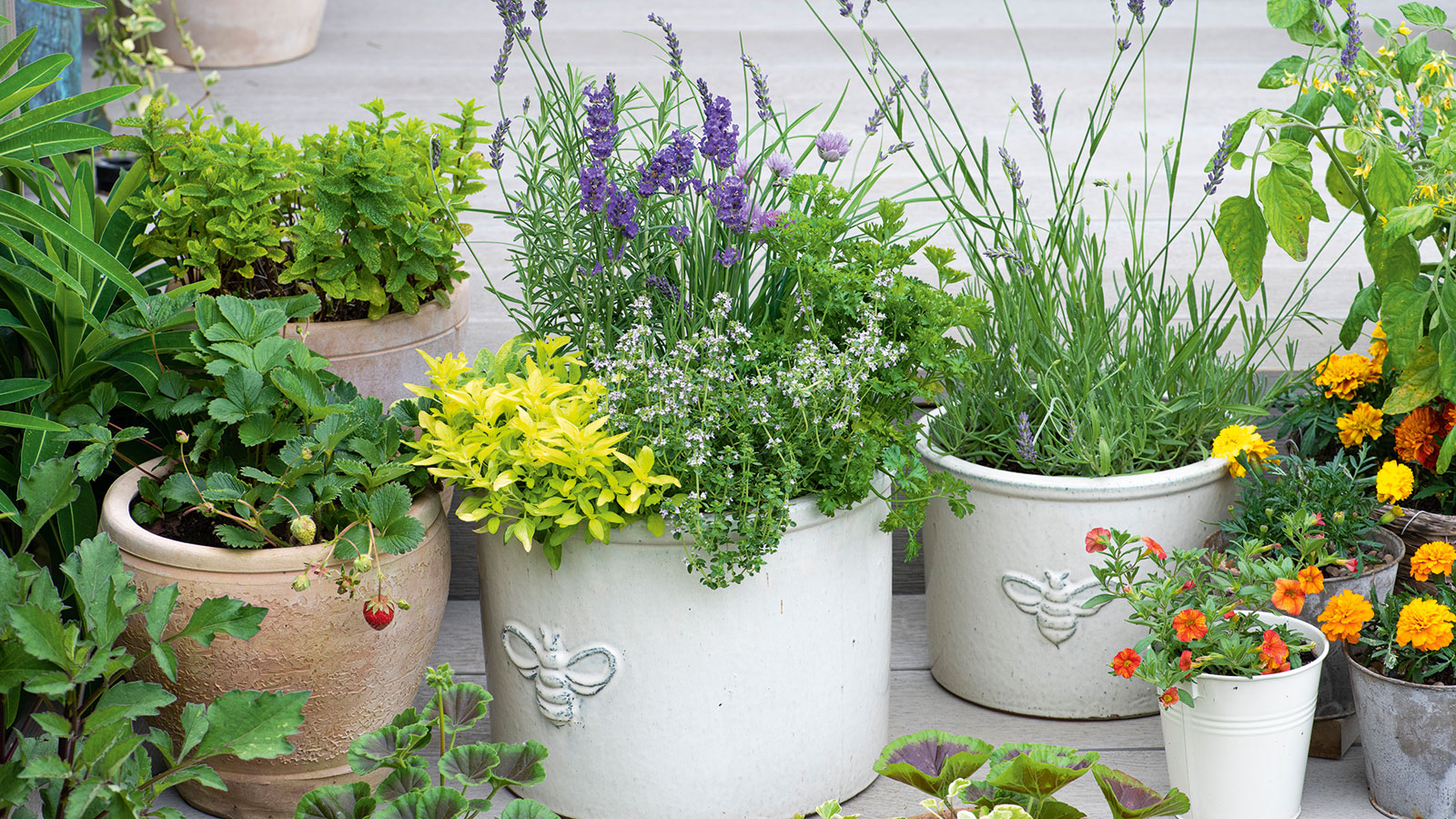
The most common mistake made with container plants is overwatering. Many gardeners, especially beginners, tend to believe that more water will lead to healthier plants. However, excessive water can lead to root rot, poor oxygen availability, and overall plant decline. Container plants have limited soil volume which means they require a more careful approach to watering compared to those planted in the ground.
Understanding Overwatering
Overwatering is when plants receive more water than they can absorb. This can happen for several reasons:
- Inadequate drainage: If the container lacks sufficient drainage holes, excess water will accumulate.
- Soil type: Using soil that retains too much moisture can contribute to overwatering issues.
- Watering habits: Watering plants too frequently without checking soil moisture can lead to abundant water conditions.
Signs of Overwatering
Recognizing the signs of overwatering can be crucial for saving container plants:
- Yellowing leaves: Leaves may start turning yellow, often beginning with the lower leaves.
- Soggy soil: Consistently wet or muddy soil that doesn't dry out indicates overwatering.
- Root problems: Roots can become mushy or develop a foul smell if root rot sets in.
Best Practices for Watering
Implementing best practices can prevent overwatering and help maintain healthy container plants:
- Check soil moisture: Always check the soil moisture level before watering.
- Use well-draining soil: Select a soil mix designed for container gardening to ensure proper drainage.
- Monitor weather conditions: Adjust your watering schedule based on rainfall and temperature; less watering may be needed during cooler months.
Choosing the Right Container
The choice of container can significantly affect the health of your plants. Consider the following:
- Drainage holes: Ensure that the container has enough drainage holes to allow excess water to escape.
- Size: A container that is too small will limit root growth and may lead to water retention issues.
- Material: Different materials hold moisture differently; for instance, clay pots allow for more evaporation, which can help prevent overwatering.
Fertilizing Container Plants
Fertilizing can also contribute to the health of container plants, but it needs to be balanced:
- Frequency: Over-fertilizing can lead to salt buildup, which restricts water absorption.
- Type of fertilizer: Choose a slow-release fertilizer appropriate for container plants to avoid nutrient spikes.
- Monitor plant health: Adjust fertilization based on the specific nutritional needs of the plants and response to care.
Questions from Our Readers
What are the best vegetables to grow in containers?
Tomatoes, peppers, and leafy greens like spinach and lettuce are some of the best vegetables to grow in containers. These plants thrive in smaller spaces and adapt well to the restricted soil volume of pots. Additionally, they offer high yields and are relatively easy to care for, making them ideal for container gardening.
Can you grow root vegetables in containers?
Yes, you can grow root vegetables such as carrots, radishes, and potatoes in containers. It's essential to choose deep and wide containers to accommodate the growth of these vegetables. Make sure the soil is well-draining and rich in nutrients to ensure a healthy crop.
See also: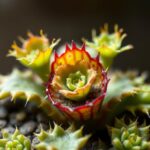
How much sunlight do container vegetables need?
Most container vegetables require at least 6 to 8 hours of sunlight daily to grow successfully. However, some leafy greens, like lettuce, can tolerate partial shade. Providing ample sunlight encourages strong growth and enhances the flavor of your vegetables.
What type of soil is best for container gardening?
Using a high-quality potting mix is crucial for successful container gardening. A good potting mix should have excellent drainage, retain moisture, and contain organic matter to promote healthy root growth. Avoid using garden soil, as it may compact too much and lead to poor drainage in containers.

If you want to read more articles like The Ultimate Guide to the Best Veg to Grow in Containers for Your Home Garden, we recommend you check out our Planter category.
Leave a Reply
Related Articles